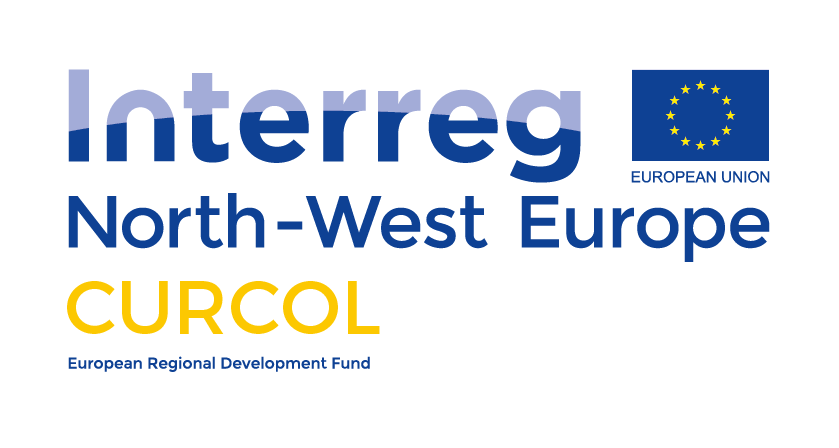In recent years, the Interreg NWE project CurCol has focused on research in the field of production and application of natural dyes in plastic and paper packaging. CurCol mainly focused on the yellow natural dye Curcumin to replace synthetic dyes.
Recent statistics show that Europe produces 87 million tonnes of packaging waste annually and that (industrial) composting is a widely used method for biobased packaging materials such as PLA. But synthetic dyes released during composting contain toxic elements that accumulate in the environment and end up in wastewater when recycling paper. CurCol has researched a solution to this problem with the use of natural colours.
The CurCol project, in which partners from Ireland, Germany, Belgium and the Netherlands worked together, conducted research to the potential of Curcumin as a natural dye. Curcumin is already used in food and pharmaceutical products and is a sustainable alternative to dyes from non-renewable sources. The project has successfully brought innovative steps for both the agricultural and industrial sectors and contributes towards the proposed sustainability goals.




